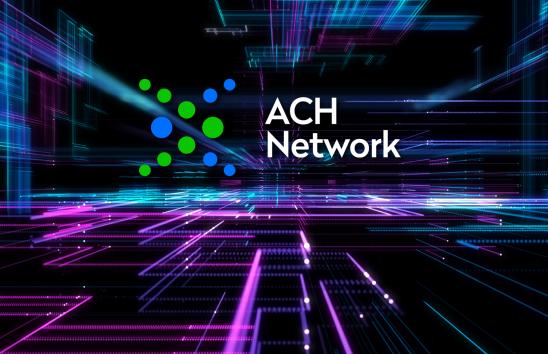How the New ACH Contact Registry Will Make Life Easier for All Financial Institutions
Author
When you need a hand from someone at another financial institution, finding that someone can be daunting. But things are about to change.
A new Rule creates the ACH Contact Registry, which opens July 1, 2020. It’s going to make locating the right person a whole lot easier.
“In today’s world, if a financial institution needs to reach out to the right contact at another financial institutions, it can be a challenge,” said Debbie Barr, Nacha Senior Director, ACH Network Rules Process & Communications.
“The goal of the Registry is to make this a much smoother process, and timelier.”
Two-thirds of the respondents to Nacha’s request for comment said they need to locate a contact at another financial institutions at least weekly. “And 92% said finding the right contact can be anywhere from medium to very difficult,” added Barr.
Today, an institution might reach out to Nacha, a Payments Association, or an ACH Operator for help finding a contact. It’s cumbersome. And these are often situations in which time is of the essence.
“It may be an ACH operations issue, but it might be a risk or fraud issue,” said Barr. In fact, respondents to the request for comment cited more than a dozen potential use cases, including requests for proof of authorization, requests for a return, attempts to recover funds, executing letters of indemnity, and notifications about duplicate and erroneous payments.
Under the new Rule, all financial institutions using the ACH Network will be required to enter contact information for ACH operations as well as fraud and risk management.
“Information will only be available to financial institutions that are registered, as well as the ACH Operators and the Payments Associations,” said Barr. “The information should only be used by those parties that are doing the research.”
“The rule requires the contact email or phone number to be monitored and answered during normal business hours for the institution,” said Barr. “As part of the registry they’ll be able to include hours they’re available.”
Financial institution participation in the ACH Contact Registry shouldn’t be a heavy lift, said Barr. As we said, the Rule takes effect July 1, 2020, with a registration deadline of Oct. 30, 2020. There will be a grace period running through Aug. 1, 2021, during which failure to register won’t be treated as a Rules violation. But why wait? Now’s the time to decide who should be listed.
“The rule allows a financial institution to either have a primary individual with a secondary individual. Or, they can do department contact information,” said Barr. So, if your institution has an ACH team, you can include a phone number or email that reaches the entire team, which can then follow its procedures to respond to inquiries.
And unlike in the past, this isn’t optional.
“There has been a voluntary contact database as part of our Risk Management Portal. But usage of the voluntary has been very small, and not having full participation makes it less effective,” said Barr.
With the ACH Contact Registry, once you’re registered you can reach everyone. And your information is safe. The new ACH Contact Registry will be housed on Nacha’s Risk Management Portal, which requires a login.
There are also provisions in place to ensure contact information is kept up to date. Financial institutions are required to make updates within 45 days of a change, and they’ll be required to validate all information at least annually.
Would the ACH Contact Registry have been effective during 2019’s MyPayrollHR incident? Barr said unequivocally yes. For one thing, executing letters of indemnity was a very slow process during this episode. If the Registry had been available it would have been much smoother.
“This would have been an excellent tool to have available,” said Barr. “It would have saved countless hours of financial institutions reaching out to Payment Associations and to Nacha trying to find contacts. They would have been able to reach out directly to the other financial institutions more easily.”
Learn more about the ACH Contact Registry on the Rules section of Nacha.org.




